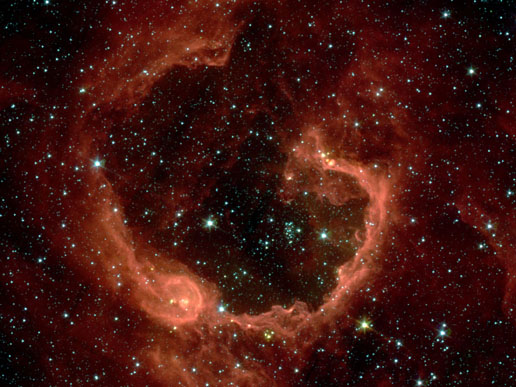Sol88
Philosopher
- Joined
- Mar 23, 2009
- Messages
- 8,280
Oh, look a comet asteroid!
Any hydrated clays found in/on comets?
Good to see the comet/asteroid story coalesce.
The ELECTRIC COMET.
.
New analysis of asteroid dust reveals evidence of salty water in the early solar system
Asteroid Bennu was targeted for the OSIRIS-REx mission because remote sensing observations from Earth indicated it as a B-type asteroid. These asteroids are rich in carbon and hydrated clay minerals, possibly sharing similarities to the most primitive group of meteorites on Earth, known as carbonaceous chondrites.
Any hydrated clays found in/on comets?
Pristine asteroid samples reveal secrets of the ancient solar system
Asteroid Bennu is thought to be made of rubble fragments from a 4.5-billion-year-old parent body, containing materials that originated beyond Saturn, which was destroyed long ago in a collision with another object.
The findings from returned samples of asteroid Bennu may provide researchers insight into what happens on distant icy bodies in our solar system, such as Saturn's moon Enceladus and the dwarf planet Ceres in the asteroid belt.
"Both Enceladus and Ceres have subsurface brine oceans," Associate Professor Timms said. "Even though asteroid Bennu has no life, the question is could other icy bodies harbor life?"
Good to see the comet/asteroid story coalesce.
The ELECTRIC COMET.
.








